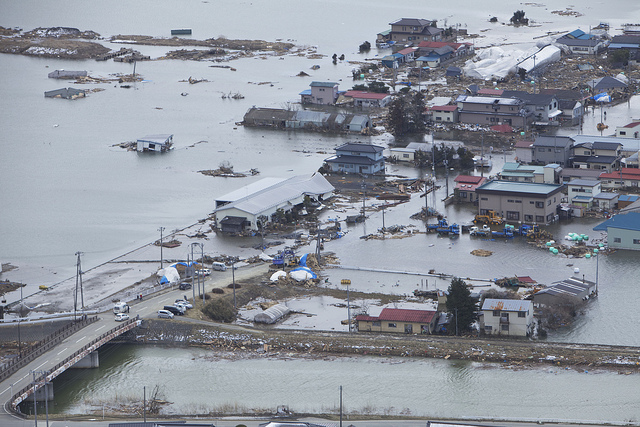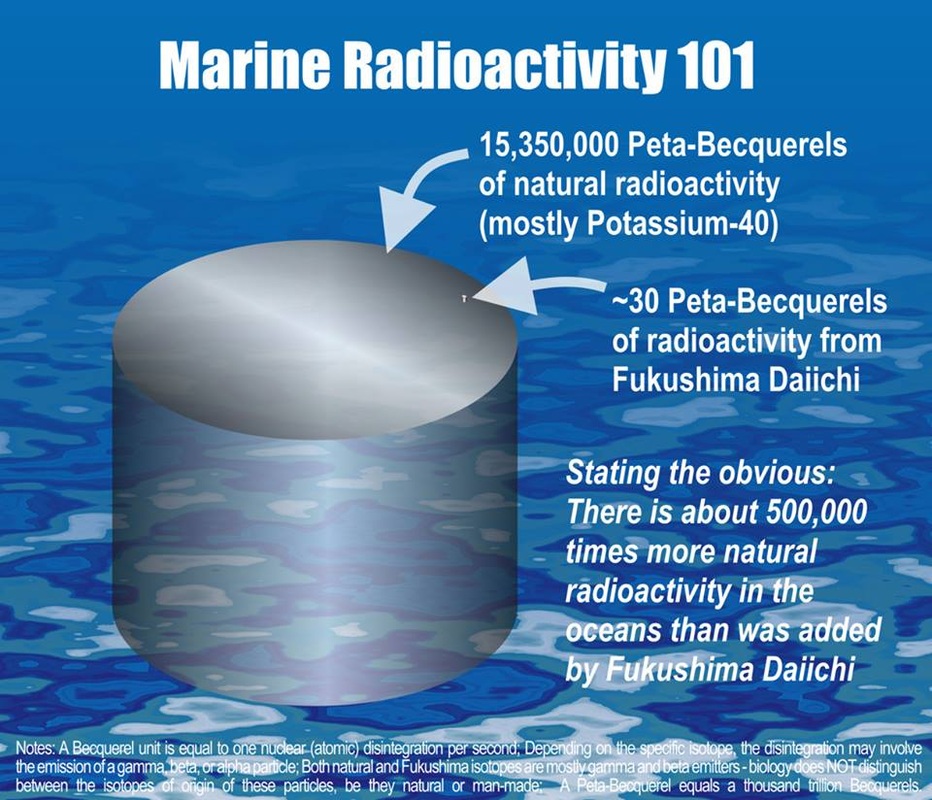Watch the video to learn more!
|
Think nuclear technology is just about nuclear energy? Think again. There are limitless applications for nuclear science and radiation, including protecting and preserving works of art around the world. The techniques in this video are supported by the International Atomic Energy Agency (IAEA), which operates projects to preserve cultural heritage artifacts using radiation. Watch the video to learn more! What are your thoughts?
0 Comments
Three years ago today a 9.0 magnitude earthquake happened off of the Pacific coast of Tohoku and Japan is still recovering. The earthquake and subsequent tsunami resulted in 15,884 people dead, 2633 people missing, and 6148 people injured, with a total of over 400,000 buildings half or full collapsed (as of March 10, 2014). The tsunami also resulted in accidents and damage to three reactors at the Fukushima Daiichi nuclear power plant. No deaths or injuries to the public have occurred from the radioactive contamination. In the United States and around the world, we often talk about the accident at the Fukushima Daiichi nuclear power plant but forget that the other damage from the earthquake and tsunami was far, far more catastrophic. The earthquake was the strongest ever recorded in Japan and also the costliest natural disaster in world history. The NY Times provides an interactive side-by-side look at some of the damaged areas. Fukushima Daiichi updates from the Nuclear Energy Institute
By Lenka Kollar This article posted on The Engineer provides some interesting updates for the new safe confinement at Chernobyl. The video below provides a detailed graphic and explanation of the construction of the confinement, which is occurring 600m away from the actual damaged reactor. The lower radiation levels in this area allow workers to work up to 40 ours a week. The head engineer describes the project as the most "technically rewarding of his life." When the shelter is finished in 2015, it will briefly become one of the largest moving structures on land as engineers carefully slide it along tracks to its final resting place over the damaged reactor. Read more here.
Share your thoughts in the comments below! By Lenka Kollar
I see many of my friends and followers posting and re-posting scary articles about Fukushima on social media. I understand why people are concerned, I would be if I wasn't a nuclear engineer that knew the facts and monitored the situation. The thing is, people love conspiracy theories and catastrophes which is why these exaggerated articles are shared on the internet. However, they often reference false references and misuse "facts." How do you know if what you hear about Fukushima on the internet is correct?
This is a follow up to my post last week on Fukushima radiation reaching the West Coast. Link the most ridiculous articles you've seen on Fukushima in the comments. By Lenka Kollar I received a question from one of my readers this morning regarding the damaged Fukushima Daichi nuclear reactor having another meltdown and a radiation cloud reaching the West Coast of the United States. There is so much misinformation on the internet about Fukushima that I'm not surprised that people are concerned. If I wasn't a nuclear engineer that knew the facts, I would be concerned too. The article the reader sent to me warns that steam emanating from the damaged reactor building is evidence that the nuclear material has reached criticality and is melting down and releasing radioactive material into the atmosphere. However, the steam is likely rainwater evaporating according to this report directly from TEPCO (Tokyo Electric Power Company). No change in radiation dose has been observed since the steam started appearing. No worries, there will be no "radiation cloud" reaching California "within 3-5 days" that would harm your health. There have also been many rumors of radioactive contamination on the West Coast due to Fukushima but they are false. There has been leakage of radioactive material into the ocean but it is so small compared to the massive size of the ocean that it does not raise the radioactivity level of the ocean more than what is already there. The image above explains this visually. There is about 500,000 times more natural radioactivity in the oceans than was added by Fukushima. I would be far more concerned about chemical waste (agriculture runoff, oil spills) than radioactivity in the ocean.
Check out Hiroshima Syndrome, a blog written by one of my nuclear engineering colleagues and a good source for debunking Fukushima conspiracy theories on the internet. |
Archives
January 2017
Categories
All
|



 RSS Feed
RSS Feed

